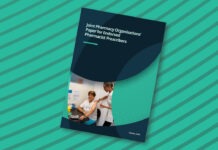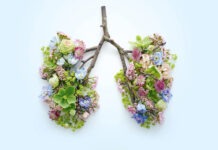Pain is a highly complex and subjective phenomenon, characterised by high levels of inter-individual variability.1,2 This can make it difficult to quantify and compare pain between individuals and different population groups.1,2

Access to timely and appropriate pain management is also influenced by numerous factors, including some related to the patient, such as level of health literacy, socio-economic disadvantage, geographic location, and others related to society, including, discrimination, stigma, and gender norms.3
Considering this, there has been growing literature citing the presence of what has been termed a ‘gender pain gap’ both locally and globally.4–11 This article shares insights from an Australian survey of healthcare professionals evaluating attitudes towards unconscious gender biases, with the aim of helping pharmacists conceptualise the gender pain gap as it applies to their own practice as well as the broader healthcare landscape.
It includes practical st
THIS IS A CPD ARTICLE. YOU NEED TO BE A PSA MEMBER AND LOGGED IN TO READ MORE.



 PSA Vice President Professor Mark Naunton MPS[/caption]
PSA Vice President Professor Mark Naunton MPS[/caption]




 Dr Louise Schaper at PSA25[/caption]
Dr Louise Schaper at PSA25[/caption]








